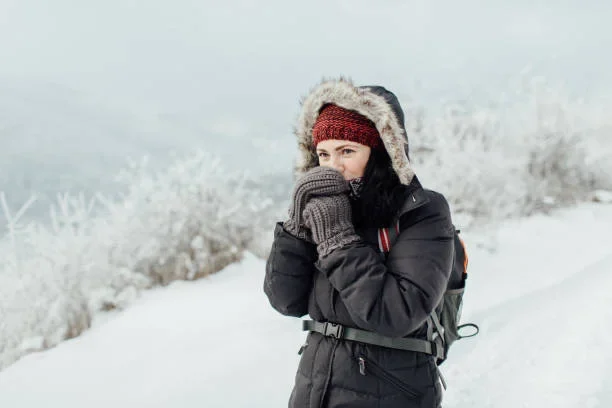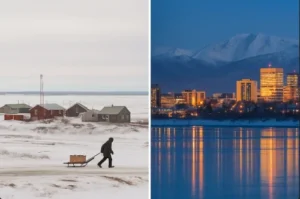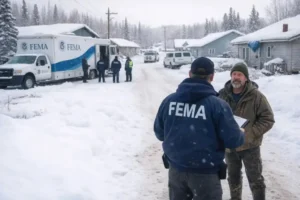When the temperature plunges to -30°F in Alaska, fashion isn’t just about looking good; it’s about survival. But that doesn’t mean style has to be sacrificed. From insulated parkas to boots built for the tundra, Alaskans have mastered the art of dressing for life on ice, combining function with flair. This article explores what truly works, tried, tested, and approved by the people who live through some of the coldest winters in America.

We Alaskans don’t follow trends, we follow temperatures.
Sarah, café owner, Fairbanks
🧊 How Cold is -30°F?
When it’s -30°F (-34.4°C), frostbite can develop in just 10 minutes on exposed skin, according to the National Weather Service (NOAA). Interior Alaska cities like Fairbanks frequently experience these extremes, averaging 41 sub-30°F days yearly.
Despite the cold, Alaskans continue their daily routines, school, work, recreation, making reliable cold-weather fashion not a luxury, but a necessity.
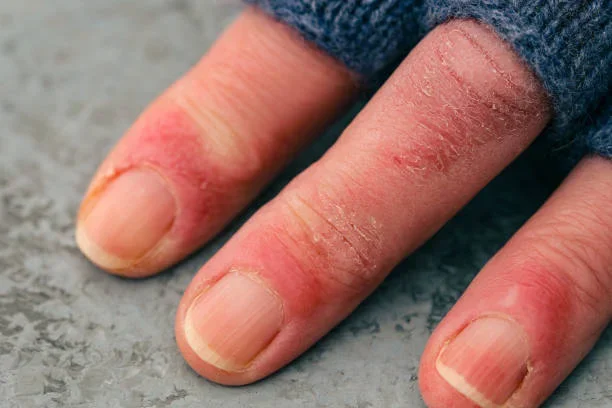
The CDC and Alaska Occupational Safety and Health (AKOSH) recommend a three-layer system for workers and residents exposed to extreme cold.
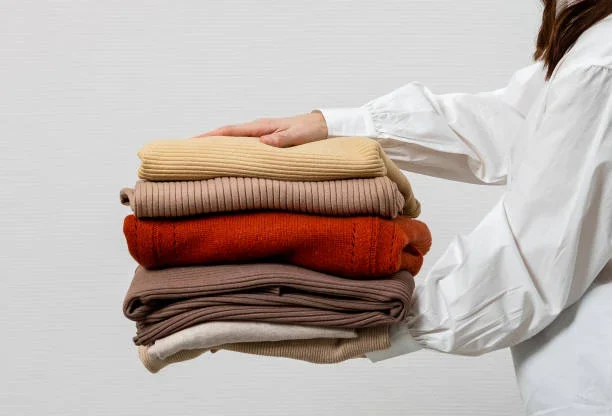
➤ 1. Base Layer – Stay Dry
- Merino wool retains warmth even when wet, offering 5x more warmth than cotton.
- Synthetic base layers wick moisture and dry up to 50% faster than natural cotton.
➤ 2. Insulation Layer – Trap the Heat
- Goose down jackets provide insulation rated to -40°F.
- Synthetic insulation like PrimaLoft maintains 90% of its insulation value when wet, making it a popular alternative.
➤ 3. Shell Layer – Block Wind and Snow
- GORE-TEX and windproof fabrics reduce wind chill impact by up to 75%.
- Alaska State Troopers use GORE-TEX outerwear for field operations in the bush.
Base Layer
Marino Wool
Insulation Layer
Goose Down Jackets
Shell Layer
Gore-Tex
Footwear is critical in preventing heat loss, especially since wet feet lose heat 25 times faster than dry feet. Alaskans often opt for insulated rubber boots designed for extreme conditions.
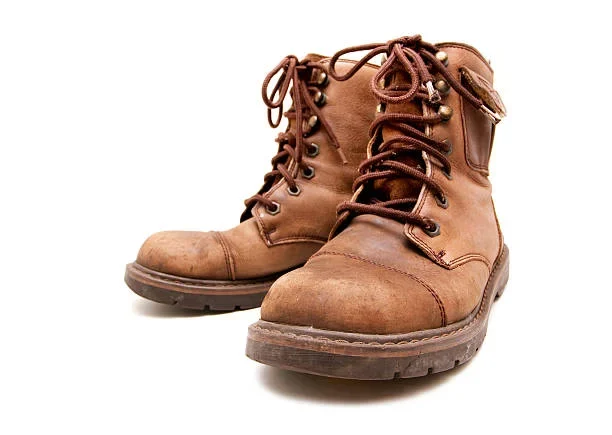
Top Tested Brands in Alaska:
Brand | Temp Rating | Key Features |
Baffin Impact | -148°F (-100°C) | Multi-layer inner boot system, aggressive tread |
Sorel Caribou | -40°F (-40°C) | Seam-sealed waterproof construction, removable felt liner |
XTRATUF Legacy | -20°F (-29°C) | Slip-resistant outsole, flexible rubber upper |
Xtratufs are our heels. You’ll see people wear them to weddings
Megan, fishing guide, Kodiak
Protecting extremities is vital:
- Gloves: Look for insulated, waterproof gloves with materials like Thinsulate™ for optimal warmth.
- Hats: The Alaska Department of Public Safety equips troopers with fur hats made from otter or beaver fur, suitable for temperatures down to -40°F (-40°C).
- Neck Gaiters: Fleece or wool gaiters provide additional protection against wind and cold.
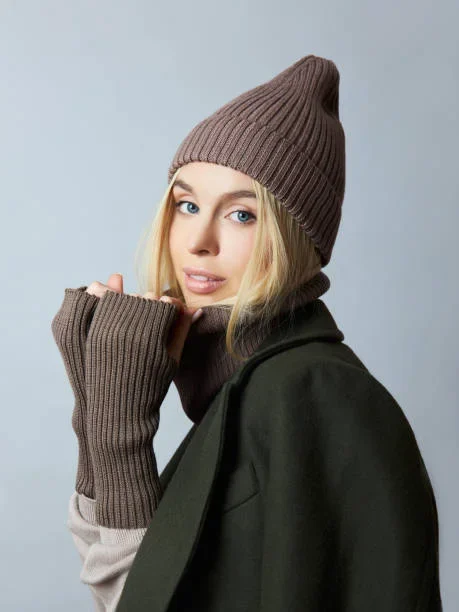
🧵 Alaskan Heritage in Fashion:
Traditional Alaska Native clothing is designed for survival:
- Parka: Made from caribou or seal skin, offering excellent insulation.
- Kuspuk: A hooded overshirt, often worn over other layers.
Mukluks: Soft boots made from animal hide, providing warmth and flexibility.
These garments are not only functional but also carry cultural significance.
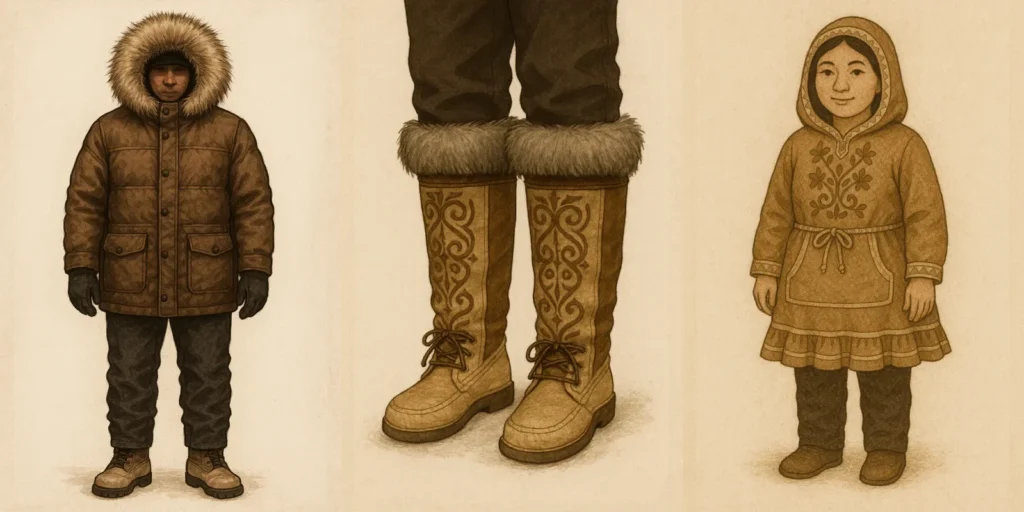
For those seeking reliable cold-weather apparel:
- Big Ray’s (Anchorage, Fairbanks): Specializes in outdoor and workwear.
- Skinny Raven (Anchorage): Offers a wide range of winter clothing, layerings and gear.
- Cabela’s Alaska: Known for a wide selection of insulated clothing and equipment.
Supporting local businesses ensures access to gear tested in Alaska’s unique conditions.
❄️ Bonus Tips for
What to wear for an Alaska winter trip? Keep these tips in mind:
- Layer Wisely: Utilize the three-layer system for optimal warmth.
- Avoid Cotton: It retains moisture and loses insulating properties when wet.
- Invest in Quality Footwear: Insulated, waterproof boots are essential.
- Protect Extremities: Don’t forget gloves, hats, and neck gaiters.
I once saw a tourist in jeans and fashion boots at -25°F. She didn’t last 20 minutes
laughs Rick, a Denali Park ranger
📊 Quick Gear Comparison Table
Gear Type | Recommended Material | Function |
Base Layer | Merino Wool | Moisture-wicking, insulation |
Mid Layer | Goose Down | High warmth-to-weight ratio |
Outer Shell | GORE-TEX | Windproof, waterproof |
Boots | Insulated Rubber | Heat retention, waterproof |
Gloves | Thinsulate Insulated | Dexterity, warmth |
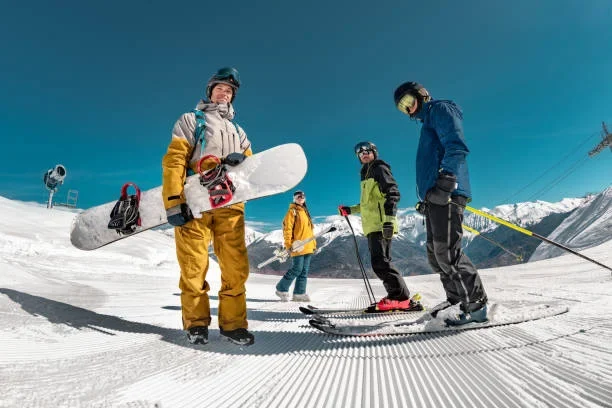
🧭 Final Thoughts
Fashion at-30°F is about more than aesthetics, it’s about survival, functionality, and respecting the wisdom of those who have thrived in these conditions for generations. By understanding and implementing these clothing strategies, you can face Alaska’s extreme cold with confidence and style.
FAQ
Absolutely. With the right layers and materials, you can stay warm and stylish.
Wear insulated, waterproof boots and moisture-wicking socks to prevent heat loss.
Many Alaskans find the investment worthwhile for its durability and warmth.






